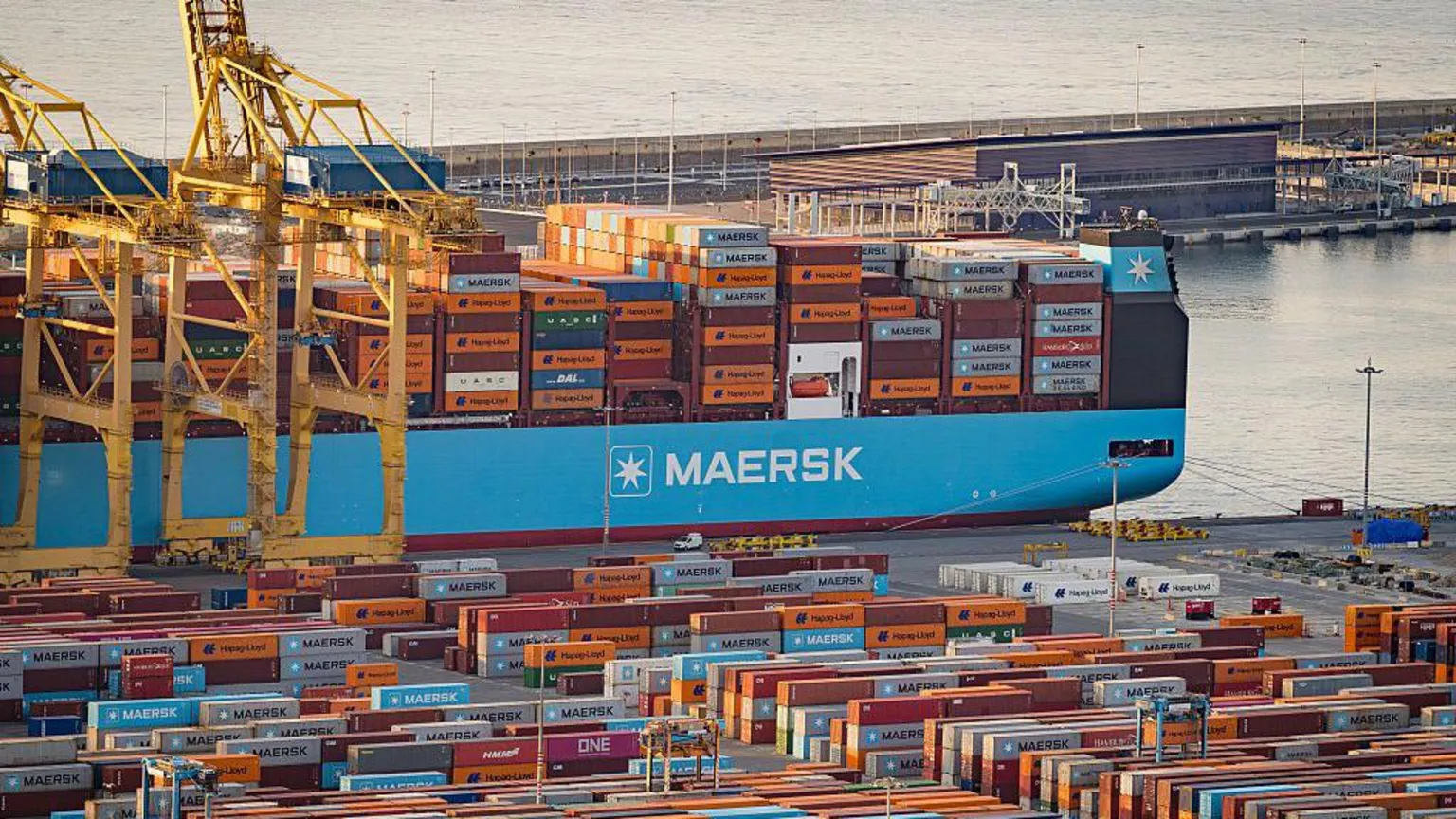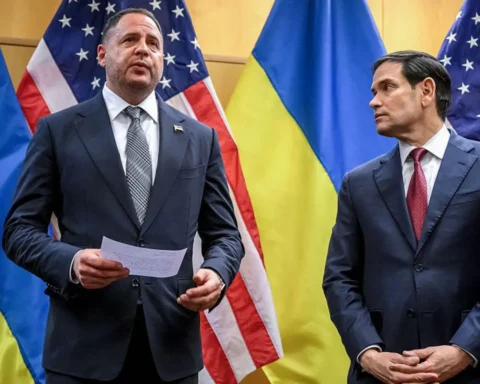US and EU Reach Tariff Deal Amid Global Trade Tensions
After weeks of high-stakes negotiations, the United States and the European Union have reached a new trade framework—just ahead of fresh US-China tariff talks. The deal, shaped by direct involvement from President Donald Trump and EU Commission President Ursula von der Leyen, marks a significant moment in transatlantic economic relations.
The agreement helps avert a deeper trade conflict between the world’s largest trading partners. While the Trump administration is touting it as a major win, Brussels has managed to avoid a full-blown defeat.
“The entire European press is singing the president’s praises right now,” US Vice President JD Vance posted on X. “Tomorrow the American media will undoubtedly run headlines like: ‘Donald Trump Only Got 99.9% of What He Asked For.’”
Key Terms of the Deal:
- The EU will now face a 15% US tariff on key goods—half of the originally threatened 30%.
- European carmakers avoid a 25% global import tax, settling instead for the 15% rate.
- The agreement exempts major exports like pharmaceuticals and semiconductors from the harshest tariffs.
- EU steel and aluminum products will continue to face a 50% tariff.
- In return, the EU will remove tariffs on various American exports, a move Trump says “opens their countries at zero tariff.”
Additionally, the EU has pledged to purchase hundreds of billions of dollars in US energy and defense goods and to invest an estimated $600 billion into the American economy.
EU’s Difficult Position
Facing sluggish economic growth and geopolitical pressures—including reliance on US security aid for Ukraine—the EU opted for compromise. A looming threat of $117 billion (€100bn) in retaliatory tariffs was on the table, but concerns over timing and economic fallout weighed heavily.
The European Central Bank recently warned that global trade uncertainty remains “exceptionally high.” This deal, while costly, provides short-term stability that Brussels may have deemed worth the concessions.
A Win in Trump’s Trade Strategy
This is the latest in a string of trade wins for Trump, who also secured deals with Japan, the UK, Vietnam, and Indonesia. With China talks happening in Stockholm this week, the US enters negotiations with stronger leverage.
Last year, the US ran a $236 billion trade deficit with the EU—something Trump has long cited as unfair. EU regulatory barriers and trade imbalances have been key sticking points in US grievances.
“We have to rebalance it,” said von der Leyen. “We have an excellent trade relationship, but it must become more sustainable.”
What’s Next?
While the US and EU avoided a full-scale trade war, the global picture remains uncertain. All eyes now turn to China, where expectations are growing that additional tariff suspensions may be announced.
This agreement may offer a brief respite in turbulent trade waters—but the deeper issues remain, and global markets are watching what comes next.







